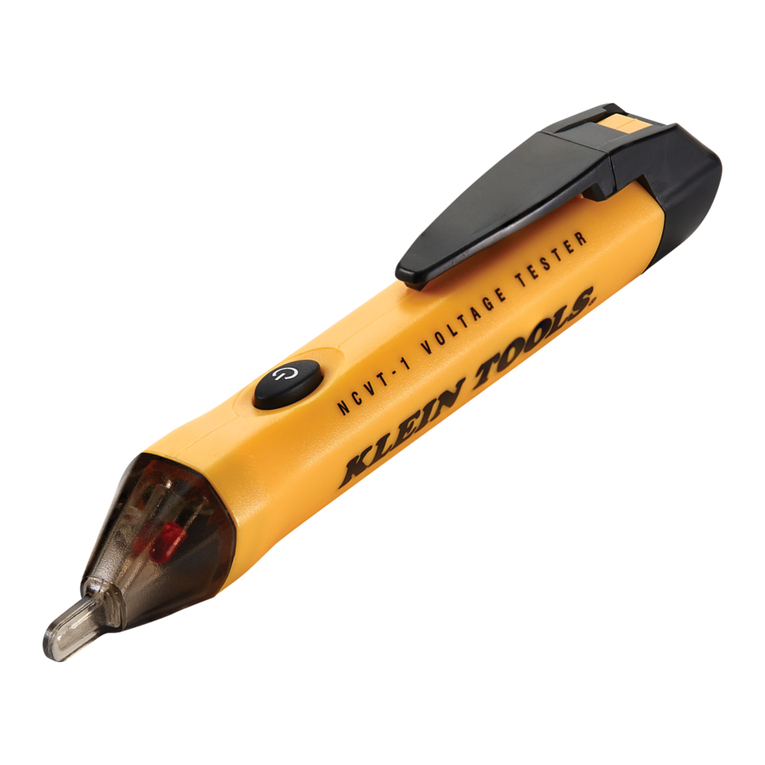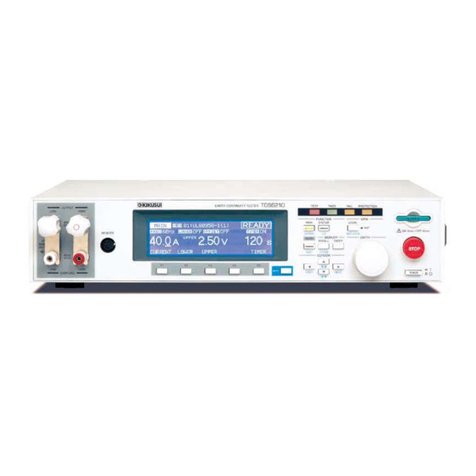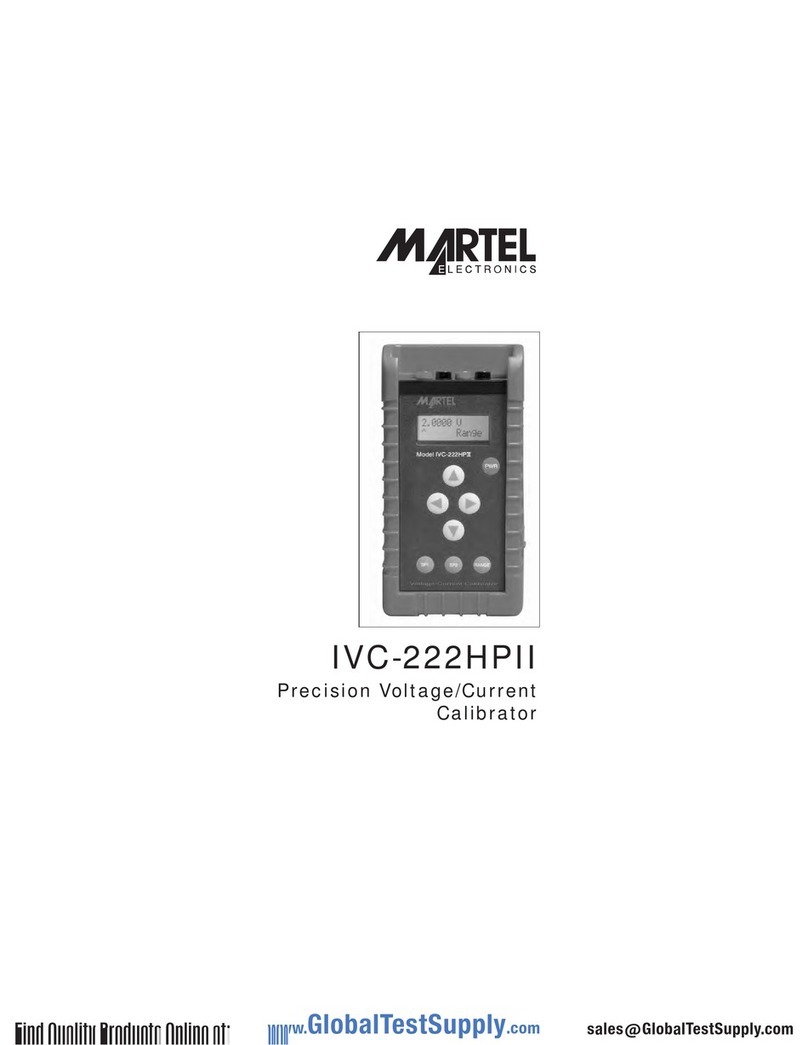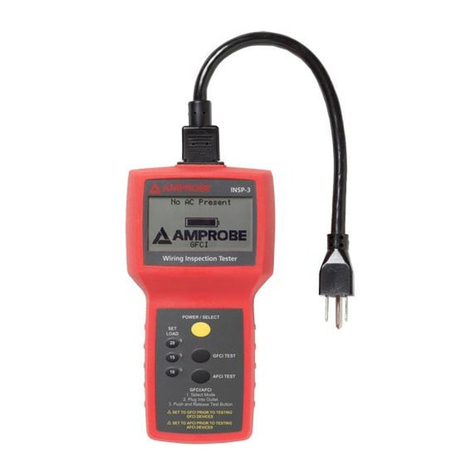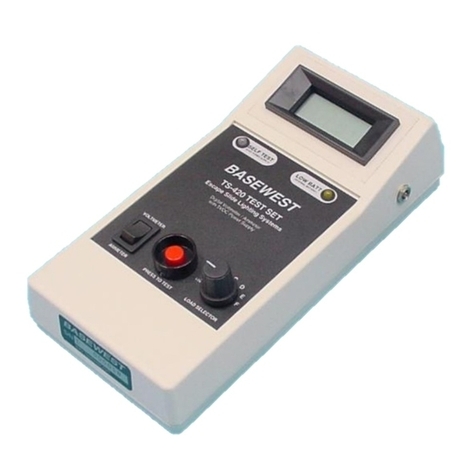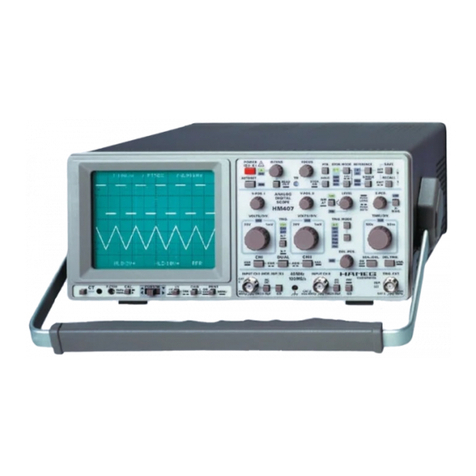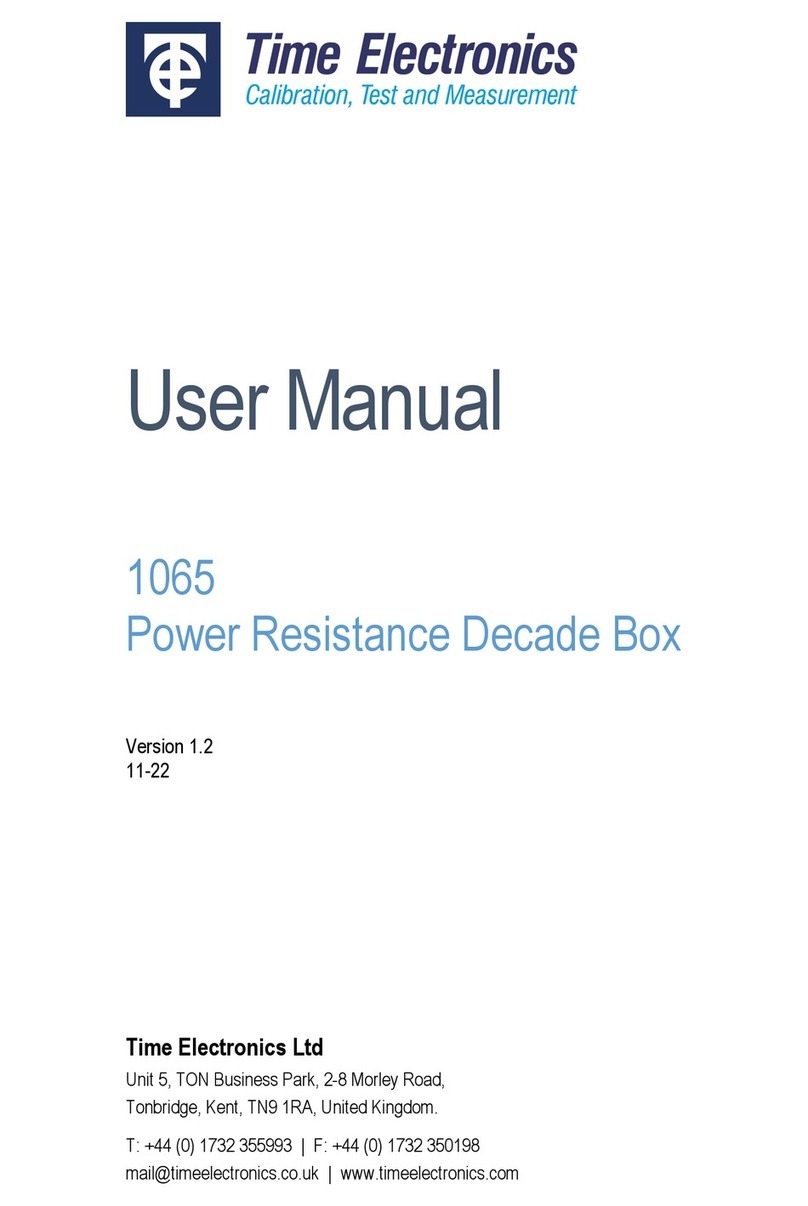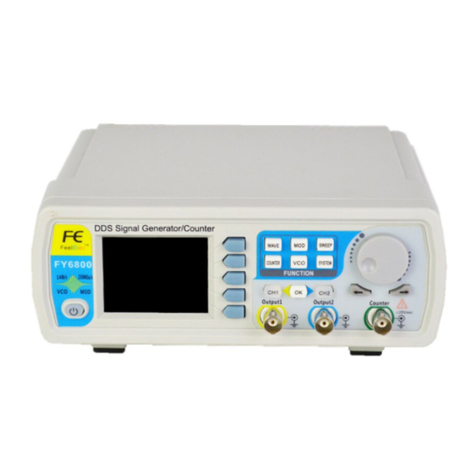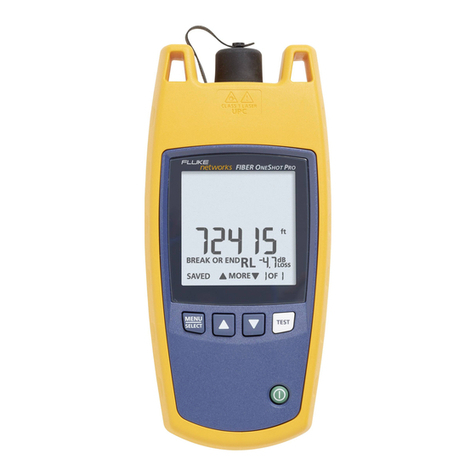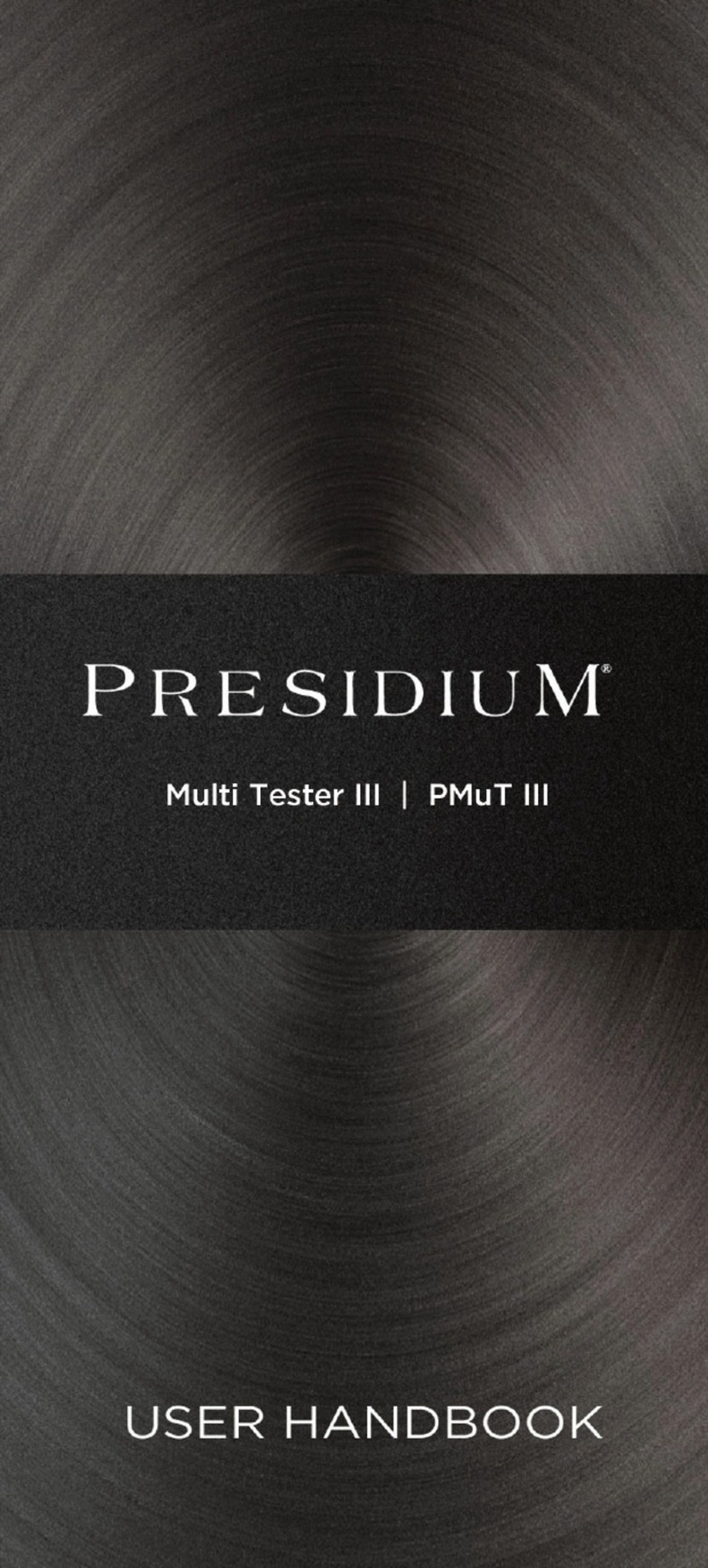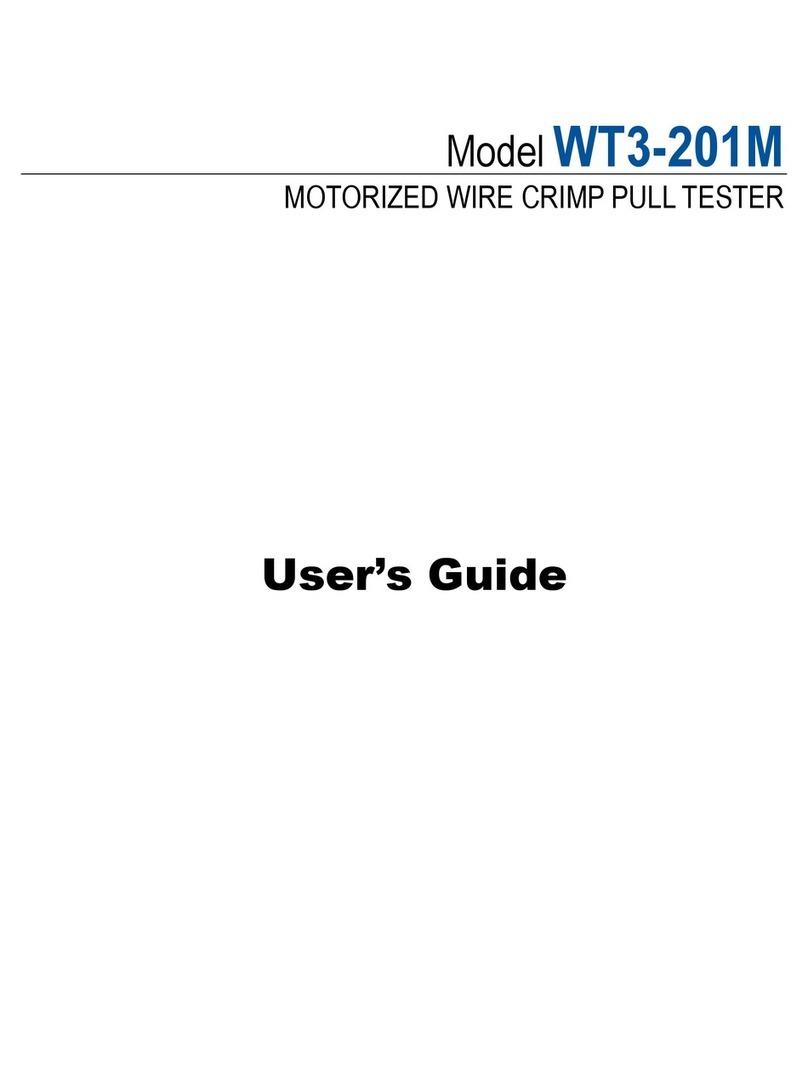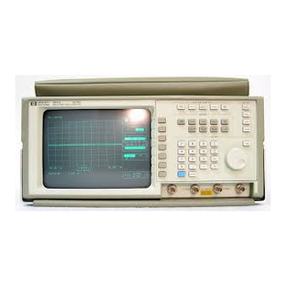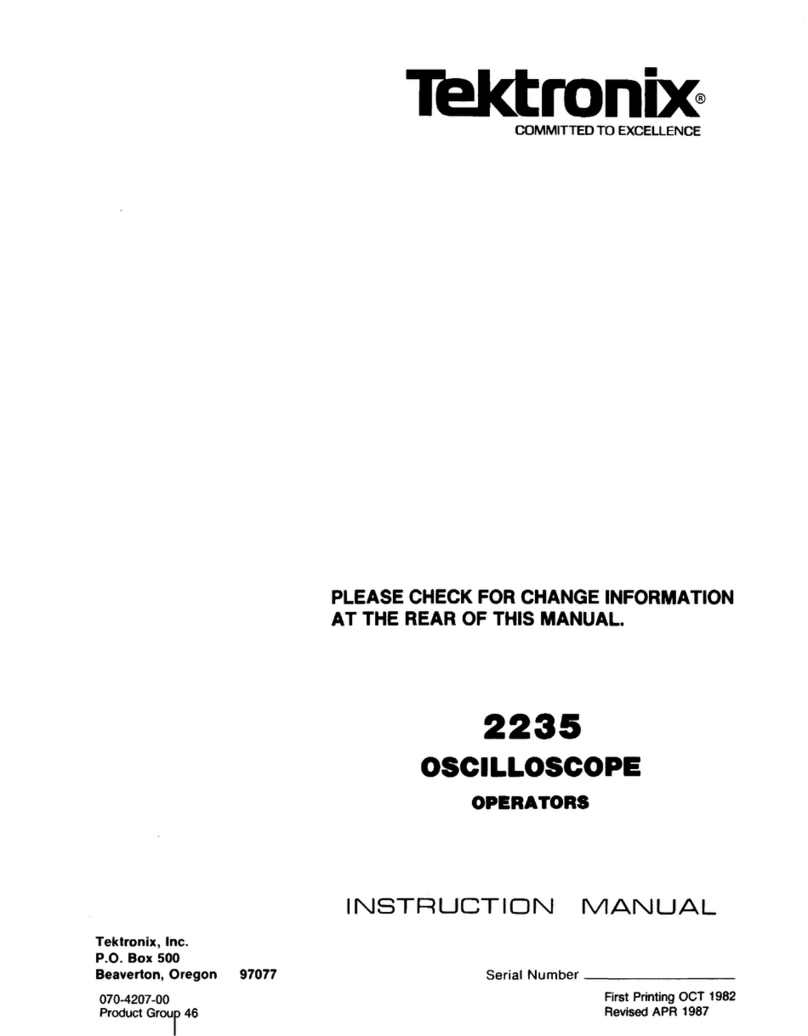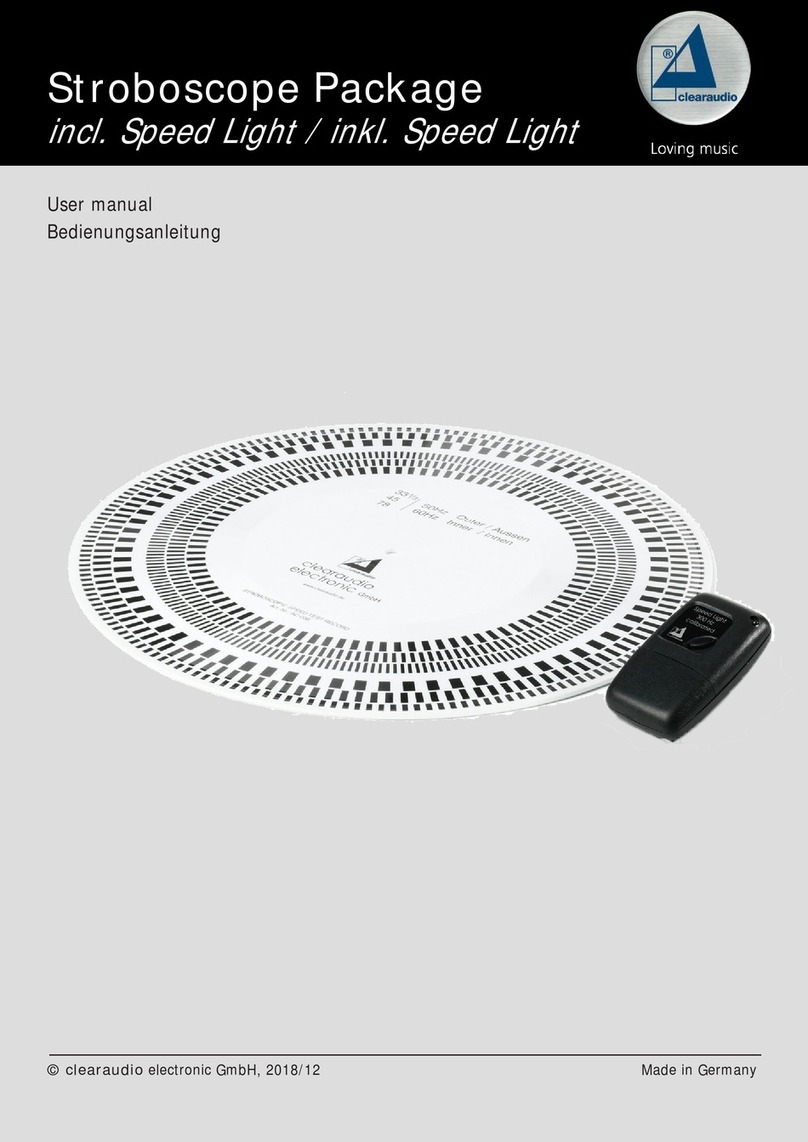chromasens 3DPIXA User manual

3D-Line Scan Camera 3DPIXA | Manual
3DPIXA Manual_R1.0 CD40131 Version 1

Contact information
Chromasens GmbH
Max-Stromeyer-Str. 116
78467 Konstanz
Germany
Phone: +49 (0) 7531 / 876-0
Fax: +49 (0) 7531 / 876-303
Email: info@chromasens.de
HP: www.chromasens.de
Support
Should you ever have problems with the 3DPIXA camera that you cannot solve by yourself,
contact your local distributor or send us an email.
Chromasens GmbH
Max-Stromeyer-Str. 116
D-78467 Konstanz
Germany
Phone: +49 (0) 7531 / 876-500
Fax: +49 (0) 7531 / 876-303
Email: support@chromasens.de
HP: www.chromasens.de/en/distribution/support
Visit our website at http://www.chromasens.de which features detailed information on our
company and products.

Table of contents
3DPIXA CD40131 Version 1 3 / 99
Table of contents
1 About this manual ....................................................................................................7
1.1 Purpose of this manual..................................................................................................7
1.2 Associated documents...................................................................................................7
1.3 Using this manual ..........................................................................................................8
1.4 Firmware and software version in this manual ..............................................................8
1.5 List of abbreviations.......................................................................................................8
1.6 Symbols and markers....................................................................................................9
2 Technical data.........................................................................................................10
2.1 Intended use................................................................................................................10
2.2 Definition of the camera identification..........................................................................10
2.3 Technical specifications...............................................................................................11
2.4 Camera specifications .................................................................................................14
2.5 Software specifications................................................................................................14
2.6 Compatibilities..............................................................................................................15
2.6.1 CameraLink frame grabbers...........................................................................15
2.6.2 GPUs..............................................................................................................16
2.7 Ambient conditions ......................................................................................................16
2.8 Scope of supply ...........................................................................................................17
2.9 Optional accessories ...................................................................................................17
3 Safety.......................................................................................................................18
3.1 Basic safety regulations...............................................................................................18
3.2 Safety instructions for maintenance and cleaning.......................................................18
3.3 Residual risks...............................................................................................................18
3.3.1 Hot surfaces ...................................................................................................18
3.3.2 Electric voltage...............................................................................................18
3.3.3 Electrostatic discharge ...................................................................................18
3.4 Personnel requirements...............................................................................................19
4 Design and function ...............................................................................................20
4.1 Components of a 3D scanner system .........................................................................20
4.2 Principle design of the camera ....................................................................................21
4.2.1 Image acquisition............................................................................................21
4.2.2 Restrictions on image pre-processing............................................................22
4.3 Principle functionality of a line scan sensor.................................................................22
4.3.1 Frame scan mode...........................................................................................23
4.3.2 Concept of image synchronization via frame mode .......................................23

Table of contents
4 / 99 CD40131 Version 1 3DPIXA
4.4 Stereo imaging.............................................................................................................24
4.4.1 Pattern matching ............................................................................................25
4.5 Black offset and shading correction.............................................................................26
4.6 White balancing ...........................................................................................................27
4.7 Illumination...................................................................................................................28
4.8 Image quality, image sharpness and height accuracy ................................................29
4.9 Image capture modes..................................................................................................31
4.9.1 3DPIXA in free running mode without frame and line trigger.........................31
4.9.2 3DPIXA in frame trigger and line trigger mode ..............................................32
4.9.3 Frame trigger and line trigger synchronization...............................................34
4.10 Setting concept............................................................................................................35
4.11 Chromasens CS-API and CS-3D-API .........................................................................36
5 Installing the 3D scanner system ..........................................................................37
5.1 Required and optional components.............................................................................37
5.1.1 Hardware components ...................................................................................37
5.1.2 Software components.....................................................................................39
5.2 Preconditions...............................................................................................................39
5.3 Mounting the camera...................................................................................................40
5.4 Preparing the 3D scanner system components...........................................................43
5.5 Connecting the 3D scanner system components........................................................44
5.5.1 Overview of the 3DPIXA connections, markers and status LED ...................44
5.5.2 Connecting the camera ..................................................................................45
5.5.3 Connecting the trigger device.........................................................................47
6 Setting up the 3D scanner system.........................................................................50
6.1 Commissioning the camera.........................................................................................50
6.2 Setting up the frame grabber.......................................................................................50
6.3 Setting up the Corona II Ilumination with XLC4...........................................................51
6.4 Setting up the CameraLink interface ...........................................................................51
6.5 Configuring the camera ...............................................................................................52
6.5.1 Setting camera parameters for the 3DPIXA dual camera..............................52
6.5.2 Configuring the camera with the simple setup tool ........................................53
6.6 Setting up the trigger device and the synchronization.................................................57
6.7 Determination of the maximum integration time..........................................................60
6.7.1 Checking the synchronization with target speed............................................61
6.8 Setting up the camera Master/Slave mode .................................................................62
6.8.1 Setting the Master/Slave mode for 3DPIXA dual (CP000470).......................62
6.8.2 Setting the Master/Slave mode for 3DPIXApro dual (CP000520) .................63
6.8.3 Checking the frame grabber image acquisition with the 3DPIXA dual camera64
6.9 Setting the scan direction for the camera and 3D calculation .....................................65

Table of contents
3DPIXA CD40131 Version 1 5 / 99
6.10 Adjusting the integration and line period times............................................................66
6.11 Preparing the camera for white balancing and black (offset) level correction.............67
6.12 White balancing ...........................................................................................................68
6.12.1 3DPIXA compact camera...............................................................................68
6.12.2 3DPIXA dual camera......................................................................................72
6.13 Black (offset) level referencing ....................................................................................76
6.14 Shading white (flat field) referencing ...........................................................................77
6.15 Starting first 3D calculations........................................................................................79
7 Camera parameters ................................................................................................80
7.1 Integration time............................................................................................................80
7.2 Gain and reference......................................................................................................80
7.2.1 Target white reference values........................................................................80
7.2.2 Analog Coarse Gain.......................................................................................81
7.2.3 Current camera gain values ...........................................................................82
7.3 Image sizes..................................................................................................................83
7.3.1 Image start delay............................................................................................83
7.4 Output format...............................................................................................................84
7.4.1 Video output mode .........................................................................................84
7.4.2 CameraLink interface type and minimum line time (integration time)............84
7.4.3 Insert mode.....................................................................................................85
7.5 Test pattern..................................................................................................................85
7.6 Line trigger and encoder setup (line synchronization).................................................86
7.6.1 Enable encoder ..............................................................................................86
7.6.2 Synchronization mode....................................................................................87
7.6.3 Encoder channels...........................................................................................88
7.6.4 Average size for the encoder .........................................................................89
7.6.5 Encoder resolution..........................................................................................89
7.6.6 Vertical image resolution................................................................................89
7.6.7 Line trigger / encoder reduction......................................................................90
8 Maintenance............................................................................................................91
8.1 Cleaning the camera....................................................................................................91
9 Troubleshooting and support................................................................................91
9.1 Before contacting the Chromasens technical support.................................................91
9.2 Return delivery (RMA number)....................................................................................92
9.3 Identifying the camera status.......................................................................................92
9.4 Camera overheating protection ...................................................................................93
9.5 Internal image storage of the camera..........................................................................93

Table of contents
6 / 99 CD40131 Version 1 3DPIXA
10 Appendix.................................................................................................................94
10.1 EC declaration of conformity........................................................................................94
10.2 Connectors, cables and pin assignment......................................................................95
10.2.1 Master/Slave synchronization cable...............................................................95
10.2.2 Power supply (PWR)......................................................................................96
10.2.3 Config UART (serial RS232) ..........................................................................96
10.2.4 Video CameraLink ports 1 and 2....................................................................96
10.2.5 Digital IO-port .................................................................................................97
10.3 Glossary.......................................................................................................................98

1 About this manual
3DPIXA CD40131 Version 1 7 / 99
1 About this manual
1.1 Purpose of this manual
This manual describes the function, installation, setup and maintenance of 3DPIXA cameras
whose article code starts with CP000470 or CP000520. For a description of the complete
article code refer to chapter 2.2, p. 10.
CP000470 models:
CP000470-D01-005-0035: 3DPIXA dual 5µm
CP000470-C01-015-0040: 3DPIXA compact 15µm
CP000470-C01-030-0105: 3DPIXA compact 30µm
CP000470-D01-030-0210: 3DPIXA dual 30µm
CP000470-D01-070-0500: 3DPIXA dual 70µm
CP000520 models:
CP000520-D02-005-0035: 3DPIXA dual HR 5μm
CP000520-D01-015-0105: 3DPIXA pro dual 15µm
CP000520-D02-200-1400: 3DPIXA dual HR 200 µm
An overview of all available 3DPIXA camera models can be found on our homepage.
1.2 Associated documents
For certain operations the following manuals are useful for additional information:
Document
Description
Drawings and 3D CAD models
Technical drawings (see orange USB-stick) and CAD
models
CS-3D-Viewer manual
User manual of the CD-3D-Viewer software for
calculating the 3D information from the captured
image(s).
allPIXA manual
Operating manual for the allPIXA cameras (CP000470
models)
allPIXA pro manual
Operating manual for the allPIXA pro cameras
(CP000520 models)
Corona II + LED-Control Unit
XLC4-1 Manual
User manual of the Corona II Illumination and the LED
control unit XLC4
CS-3D-API manual
Software manual for CS-3D-API (C++ library)
CS-API manual
Software manual for Chromasens camera API
3DPIXA System Requirements
Specification of the hardware and software requirements
Tab. 1: Associated documents
These documents are included in the scope of supply (see chapter 2.8, p. 17) and/or can be
downloaded from our partner portal at http://www.chromasens.de/user.

1About this manual
8 / 99 CD40131 Version 1 3DPIXA
1.3 Using this manual
Read the manual carefully before installation, configuration and operation of the camera.
Retain the manual throughout the entire working life of the camera.
Keep the manual accessible to the operating personnel at all times.
Pass the manual on to any subsequent owner or user of the camera.
If the camera is installed in a machine or system, integrate the information contained in
this manual into the machine or system documentation.
1.4 Firmware and software version in this manual
This document refers to the following version:
CS-3D-Software: v2.3e
Camera-FW: 1.69 (CP000470 models)
3.02 (CP000520 models)
CST version: 2.7.2 Build 11
Newer versions may have additional features. Contact our support for more details about new
features.
1.5 List of abbreviations
Abbreviation
Explanation
API
Application Programming Interface
CST
Camera Setup Tool
FVAL
FrameValid Signal
GPU
Graphical Processing Unit
LVAL
LineValid Signal
LVDS
Low Voltage Differential Signaling
LVTTL
Low Voltage Transistor Transistor Logic
ROI
Region Of Interest
USB
Universal Serial Bus
PRNU
Photo Response Non Uniformity
AFE
Analog Front End
Tab. 2: List of abbreviations

1 About this manual
3DPIXA CD40131 Version 1 9 / 99
1.6 Symbols and markers
Symbol
Meaning
1.
2.
Requests for a multi-step action.
Request for a single-step action.
Pre-requirement for a requested action.
Result of an action.
Tab. 3: Symbols and markers
WARNING! Hazardous situation or task, which, if not avoided, may result in serious
injury or death!
Measure for avoidance.
CAUTION! Hazardous situation or task, which, if not avoided, may result in minor or
moderate injury!
Measure for avoidance.
NOTICE! Hazardous situation or task, which, if not avoided, may result in damage to
the product or the surrounding environment!
Measure for avoidance.
Instructions for understanding or optimizing the operations.

2Technical data
10 / 99 CD40131 Version 1 3DPIXA
2 Technical data
2.1 Intended use
The 3DPIXA is a stereo camera using line scan technology. It provides stereo images as a
basis for the calculation of the 3D height data by one or multiple GPUs.
The 3DPIXA is designed for installation in machines and systems which are used for
commercial and industrial applications, such as:
Fast inline height measurement
Completeness check in 2D and 3D
Verification of 2D and 3D dimensions
Identifying micron defects
Combined 3D and 2D color inspection
3D web inspection
When using the 3DPIXA the following aspects must be recognized:
The owner of the machine or system in which the 3DPIXA is installed is responsible for
compliance with relevant safety regulations, standards and directives. Commissioning of
the 3DPIXA is not permitted until it has been verified that the machine or system in which
the 3DPIXA is installed complies with the safety regulations and standards of the country
in which the 3DPIXA is run.
The owner of the machine or system in which the 3DPIXA is installed must verify the
suitability of the 3DPIXA for its intended use.
The safety regulations of the country in which the device is used must be complied with.
The 3DPIXA may only be connected or used as described in this manual.
The 3DPIXA must be set up and installed in compliance with the instructions contained in
this manual.
2.2 Definition of the camera identification
The article code of the 3DPIXA contains information on the camera model and is structured
into 4 parts. Each part contains different information:
Fig. 1: Structure of the article code
1 Type of electronics:
–470: allPIXA (classic)
–520: allPIXA pro
2 3DPIXA type
–CXX: Compact
–DXX: Dual
–EXX: OEM
3 Resolution in µm
4 Field of view in mm

2 Technical data
3DPIXA CD40131 Version 1 11 / 99
3DPIXA cameras whose article code starts with CP000470 work with allPIXA electronics.
For additional information, refer to the allPIXA manual.
3DPIXA cameras whose article code starts with CP000520 work with allPIXA pro
electronics. For additional information, refer to the allPIXA pro manual.
An overview of all available 3DPIXA camera models can be found on our homepage.
2.3 Technical specifications
3DPIXA compact
CP000470-C01-015-0040
CP000470-C01-030-0105
Optical resolution (µm/px)
15
30
Field of view (mm)
(see Fig. 2, p. 13)
40
105
Number of pixels per line
2666
3500
Height resolution (µm)*
3
10
Height range (mm)*
(see Fig. 2, p. 13)
2.6
8.2
Free working distance (mm)
(see Fig. 2, p. 13)
99.6 ± 0.1
173.6 ± 0.1
Maximum speed for image
acquisition (mm/s)
310
630
CameraLink configurations
Base/Medium
Base/Medium
Line frequency (kHz)
21.2
21.2
Dimensions L x W x H (mm)
(see Fig. 2, p. 13)
167.65 x 102 x 100
151.04 x 102 x 100
Weight (kg)
2.7
2.15
Tab. 4: Technical specifications of the 3DPIXA compact models
* Height range and height resolution depend on object surface.
For well-structured surfaces the height range can exceed the specified values.
3DPIXA dual CP000470 models
CP000470-
D01-005-0035
CP000470-
D01-030-0210
CP000470-
D01-070-0500
Optical resolution (µm/px)
5
30
70
Field of view (mm)
(see Fig. 2, p. 13)
35
210
500
Number of pixels per line
7000
7000
7142
Height resolution (µm)*
1
5
14
Height range (mm)*
(see Fig. 2, p. 13)
0.7
11.2
52.3

2Technical data
12 / 99 CD40131 Version 1 3DPIXA
CP000470-
D01-005-0035
CP000470-
D01-030-0210
CP000470-
D01-070-0500
Free working distance (mm)
(see Fig. 2, p. 13)
71.9 ± 0.1
413.3 ± 0.1
796.9 ± 0.1
Maximum speed for image
acquisition (mm/s)
100
630
1480
CameraLink configurations
Base/Medium
Base/Medium
Base/Medium
Line frequency (kHz)
21.2
21.2
21.2
Dimensions L x W x H (mm)
(see Fig. 2, p. 13)
324 x 258 x 97
244 x 242 x 98.5
222 x 352 x 98.5
Weight (kg)
8.3
7.6
11.3
Tab. 5: Technical specifications of the 3DPIXA dual CP000470 models
* Height range and height resolution depend on object surface.
For well-structured surfaces the height range can exceed the specified values.
3DPIXA dual CP000520 models
CP000520-
D02-005-0035
CP000520-
D01-015-0105
CP000520-
D02-200-1400
Optical resolution (µm/px)
5
15
200
Field of view (mm)
(see Fig. 2, p. 13)
35
105
1400
Number of pixels per line
7000
7000
7000
Height resolution (µm)*
0.55
3
60
Height range (mm)*
(see Fig. 2, p. 13)
0.5
3.5
400
Free working distance (mm)
(see Fig. 2, p. 13)
77.9 ± 0.1
229 ± 0.1
1646.3
Maximum speed for image
acquisition (mm/s)
106
440
4240
CameraLink configurations
Base/Medium
Base/Medium/
Full
Base/Medium
Line frequency (kHz)
21.2
29.7
21.2
Dimensions L x W x H (mm)
(see Fig. 2, p. 13)
363 x 278 x 99
274 x 212.4 x 98.5
220.3 x 463 x
98.5
Weight (kg)
11.75
6.2
13.9
Tab. 6: Technical specifications of the 3DPIXA dual CP000520 models
* Height range and height resolution depend on object surface.
For well-structured surfaces the height range can exceed the specified values.

2 Technical data
3DPIXA CD40131 Version 1 13 / 99
Fig. 2: Dimensions
FOV Field of view
FWD Free working distance
L Length
H Height
HR Height range
W Width
WD Working distance
The reference positions of the used 3DPIXA model you will find in the corresponding
technical drawing (see orange USB-stick).

2Technical data
14 / 99 CD40131 Version 1 3DPIXA
2.4 Camera specifications
Camera
Stereo camera with lenses (factory calibrated)
Sensor
Tri-linear CCD line-sensor (RGB)
Active pixel size
10 μm x 10 μm
Interfaces
CameraLink Base/Medium/Full
External I/O
Serial (RS232)
Power supply (Hirose)
See chapter 10.2, p. 95.
Power supply
Compact: 24 V DC ±10%; 1 A; 16 W
Dual CP000470: 24 V DC ±10%; 2 x 1 A; 32 W (2 x Hirose)
Dual CP000520: 24 V DC ±10%; 2 A; 38 W (1 x Hirose)
Trigger mode
Free run / external trigger
Operating temperature
0 °C to 60 °C, 32 °F to 140 °F (housing temperature)
Additional accessories
Chromasens Corona II illumination
Certifications
CE, FCC compliant, RoHS
Tab. 7: Camera specifications
2.5 Software specifications
Software
Chromasens 3D-API for fast 3D data calculation on NVIDIA
GPU boards (Windows x64), see (see chapter 2.6.2, p. 16)
Chromasens 3D Viewer
Software output
Rectified color image (3x8 Bit)
3DPIXA compact: 1 raw image
3DPIXA dual: 2 raw images
Height map (16 Bit)
3D point cloud
Supported software
libraries
LabVIEW (National Instruments)
HALCON (MVtec)
MIL (Matrox)
Coake (SAC)
Tab. 8: Software specifications

2 Technical data
3DPIXA CD40131 Version 1 15 / 99
2.6 Compatibilities
2.6.1 CameraLink frame grabbers
The 3DPIXA camera is compatible with CameraLink frame grabbers which support the
following configurations:
CP000470 models:
CameraLink Base configuration:
If a line frequency of 21.2 kHz is not required, the 3DPIXA can also be operated in base
mode with a line frequency of 11.6 kHz.
–Configuration: 1 tap with 24 bits 1X (1 pixel with 24 bits)
–Bandwidth: 3 bytes @ 85 MHz pixel clock frequency = 255 MBytes/s
CameraLink Medium configuration:
High performance of the 3DPIXA is reached by using the medium configuration with a line
frequency of 21.2 kHz.
–Configuration: 2 taps with 24 bits 2XE (2 pixels with 24 bits)
–Bandwidth: 6 bytes @ 85 MHz pixel clock frequency = 510 MBytes/s
CP000520 models:
CameraLink Base configuration:
If a line frequency of 23.1 kHz is not required, the 3DPIXA can also be operated in base
mode with a line frequency of 12.4 kHz.
–Configuration: 1 tap with 24 bits 1X (1 pixel with 24 bits)
–Bandwidth: 3 bytes @ 85 MHz pixel clock frequency = 255 MBytes/s
CameraLink Medium configuration:
High performance of the 3DPIXA is reached by using the medium configuration with a line
frequency of 23.1 kHz.
–Configuration:
2 taps with 24 bits 1X2 (2 pixels with 24 bits) (default setting)
or
2 taps with 24 bits 2XE (2 pixels with 24 bits)
–Bandwidth: 6 bytes @ 85 MHz pixel clock frequency = 510 MBytes/s
CameraLink Full configuration:
Full performance of the 3DPIXA is reached by using the full configuration with a line
frequency of 29.7 kHz.
–Configurations:
Full64: 8 taps with 8 bits 8Tx8b 1X8 raw
Full80: 8 taps with 10 bits 8Tx10b 1X8 raw
10 taps with 8 bits 10Tx8b 1X10 raw
–Bandwidths:
Full64: 8 bytes @ 85 MHz pixel clock frequency = 680 MBytes/s
Full80: 10 bytes @ 85 MHz pixel clock frequency = 850 MBytes/s
Chromasens regularly tests frame grabbers for their compatibility with the 3DPIXA
cameras. A list of frame grabbers tested can be found on our partner portal at
http://www.chromasens.de/user (Downloads > System Requirements > 3DPIXA System
Requirements).

2Technical data
16 / 99 CD40131 Version 1 3DPIXA
2.6.2 GPUs
If the CS-3D-Viewer V2.3 and the CS-3D-API are used, CUDA 3.0 capable GPU is required.
The calculation speed of the 3D data depends on the GPU used for the 3DPIXA application.
Chromasens regularly tests GPUs for their compatibility with the 3DPIXA cameras. A list
of GPUs tested can be found on our partner portal at http://www.chromasens.de/user
(Downloads > System Requirements > 3DPIXA System Requirements).
2.7 Ambient conditions
General ambient conditions
Life phase
Standard
Operation
IEC 721-3-3:IE33
Transport
IEC 721-3-1:IE11
Storage
IEC 721-3-2:IE21
Tab. 9: General ambient conditions
Camera-specific ambient conditions
Condition
Value
Temperature during camera operation
0 °C to 60 °C, 32 °F to 140 °F (housing
temperature)
Air humidity during camera operation
20 to 85% relative air humidity,
noncondensing
Storage/transport temperature
–20 to +85 °C, –4 °F to 185 °F
Protection category
IP50
Tab. 10: Camera-specific ambient conditions

2 Technical data
3DPIXA CD40131 Version 1 17 / 99
2.8 Scope of supply
3DPIXA stereo color line scan camera
Master/Slave cable (3DPIXA dual CP000470 only, for 3DPIXA dual CP000520 not
required)
Software-protection dongle (silver USB-stick)
Orange USB stick
–3D
- CS-3DPIXA manual (this document)
-Calibration files
- CS-3D-Viewer and CS-3D-API software package
- CS-3D-Viewer manual
- CS-3D-API manual
- Technical drawings
- 3D camera models
–Camera
- CST (parameter programming software)
- CS.-API / CS-API manual
- allPIXA manual
- allPIXA pro manual
–Illumination
- XLC4 commander / drivers
- Corona II manual
- Technical drawings
Optional accessories (if ordered)
2.9 Optional accessories
The following optional accessories are available:
Corona II Illumination: dark field, bright field, tube light (see current product catalog and
Chromasens website)
Power cable

3Safety
18 / 99 CD40131 Version 1 3DPIXA
3 Safety
3.1 Basic safety regulations
Read all supplied documentation carefully and ensure that you have fully understood its
contents before installing and operating the camera.
Follow the instructions in this manual, especially with regard to transport, storage,
installation, operation and maintenance.
Operate the camera only under faultless and safe conditions.
In the event of any fault or defect, stop the camera, the machine or the system in which
the camera is installed, and immediately inform the responsible person.
Modify or extend the camera only with the written consent of Chromasens GmbH. This
applies in particular to modifications and extensions which can negatively affect the safety
of the camera.
Comply with the ambient conditions described in this manual.
3.2 Safety instructions for maintenance and cleaning
Inform all personnel working on the system before carrying out service or maintenance
work.
Comply with deadlines and intervals for regular inspection work.
Before starting maintenance work, disconnect the 3DPIXA from the power supply.
Before starting maintenance work, let heat sources such as heaters, radiators or lighting
equipment and the camera cool down to room temperature.
Do not open or loosen screws or housing sections of the 3DPIXA.
Do not carry out repair works.
Transport the camera in its original packaging in order to prevent damage.
3.3 Residual risks
3.3.1 Hot surfaces
The body of the 3DPIXA will heat up during operation.
Do not touch hot surfaces without suitable protective gloves.
Allow hot surfaces to cool down before carrying out any work on the unit.
3.3.2 Electric voltage
The 3DPIXA runs with electric power.
Before carrying out any work on the 3DPIXA, disconnect all mains cables.
Make sure that the device is safely isolated from the power supply.
3.3.3 Electrostatic discharge
The 3DPIXA contains components and units which are sensitive to electrostatic charge.
Observe all precautionary measures for handling electrostatically sensitive equipment.
Make sure that the 3DPIXA, all tools and the person handling the equipment have the
same electrical potential.

3 Safety
3DPIXA CD40131 Version 1 19 / 99
3.4 Personnel requirements
The system owner must ensure that all persons working on the system are trained for the
required work and have read and understood this manual. This applies in particular to
personnel who only work occasionally with the 3DPIXA, for example during
commissioning and maintenance work.
Work on the electrical installations of the system may only be carried out by a qualified
electrician or by persons who have undergone electrotechnical training under the
supervision of a qualified electrician in compliance with applicable electrotechnical
regulations.
Only suitably trained and qualified persons are permitted to work with the 3DPIXA. Such
persons are qualified to work with the 3DPIXA device if they are familiar with its assembly,
installation and care as well as with all necessary precautionary measures.
The assignments and responsibilities of personnel charged with operation,
commissioning, maintenance and repair must be clearly defined. This definition must be
specified by the owner of the machine or system in which the 3DPIXA is installed.

4Design and function
20 / 99 CD40131 Version 1 3DPIXA
4 Design and function
4.1 Components of a 3D scanner system
Fig. 3: Design of a line scan camera application
The following components are necessary for a typical line scan camera application:
Component
Function
1
Line scan camera
Scans the image line by line and communicates with the frame
grabber.
2
Illumination
Lights up the information carrier/scan area on the passing object.
The Chromasens Corona II illumination system is an ideal
supplementary option for the 3DPIXA camera.
3
Illumination
controller
Controls and monitors the illumination unit. The Chromasens
Corona II illumination has integrated temperature/voltage sensors
which can be read out with the XLC4 controller. By using the XLC4
controller, the illumination unit can be monitored and kept stable.
4
Frame grabber
(PC plug-in card)
The image data are sent to a PC by means of a frame grabber with
a CameraLink interface. The frame grabber establishes the
necessary hardware connection to the PC.
5
PC with GPU and
dongle
The PC serves for subsequent processing of the image data and
can optionally control the illumination system.
6
Conveying unit
Moves the scanned object past the 3DPIXA camera.
7
Speed detection
The speed of the object / conveyor belt can be detected by means
of an optional incremental encoder. The encoder can be connected
either to the 3DPIXA camera or to the frame grabber.
8
Power supply
Both, the 3DPIXA camera and the illumination system, require a
suitable power supply.
Table of contents
